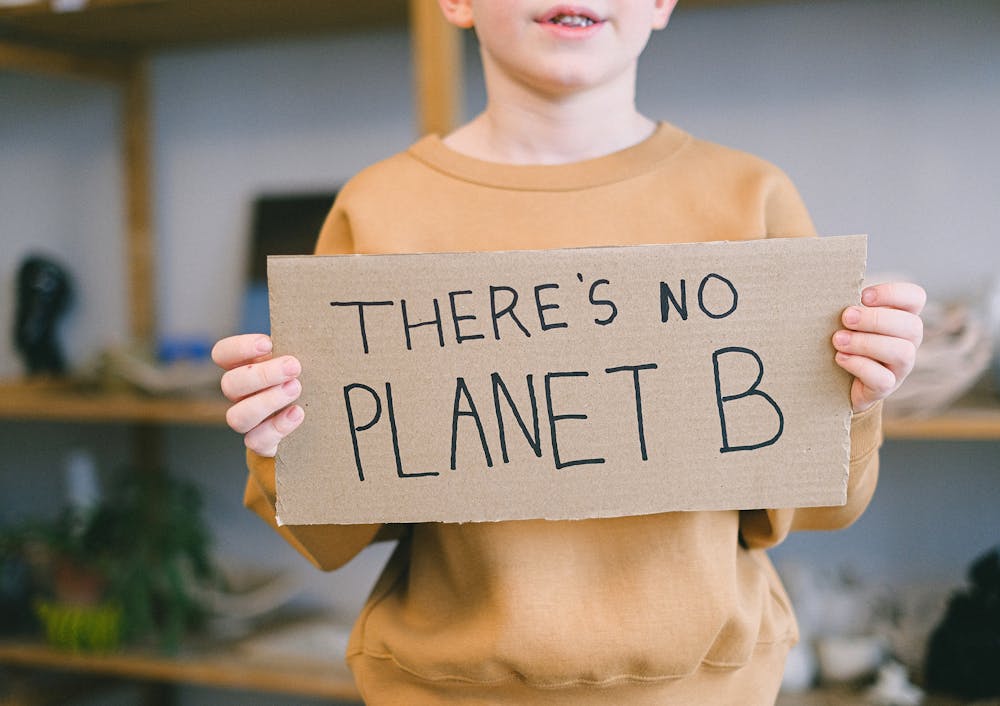As the world grapples with the accelerating climate crisis, the role of education in fostering sustainability has never been more critical. Armed with influence and policymaking power, legislators are increasingly seen as pivotal figures in driving change. They shape the narrative and action plans that promote environmental awareness, educate future generations, and implement strategies to combat climate-related challenges. However, the path toward sustainable change is complex, requiring effective advocacy and systemic support. This blog post delves into the various ways legislators are spearheading sustainability education initiatives along with their strategies for advocacy,
Driving Sustainability Education: The Critical Role Of Legislators
1. Policy formulation for sustainability
Policy formulation for sustainability is a critical way legislators influence sustainability education. By creating laws and regulations that prioritize environmental education, they can ensure that sustainability topics are integrated into school curriculums. Legislators work to establish policies that support the development of educational programs focused on climate change, renewable energy, and conservation efforts.
This involves allocating resources, drafting legislation to fund educational initiatives, and pushing for policies encouraging schools to adopt sustainability-focused teaching. Doing so, they help build a future where students are more aware of environmental issues and are empowered to make informed decisions.
2. Advocating for youth involvement
Advocating for youth involvement in sustainability is crucial, as they will bear the brunt of climate change in the future. Legislators aim to motivate young people to engage in environmental issues through education, community efforts, and campaigns. This requires a high level of motivation and focus, as effectively addressing youth can be a challenge. Capturing their attention and fostering serious discussions about sustainability isn’t an easy task.
For many, reaching this demographic may seem tough, but legislators often employ strategies to bridge this gap. One such approach involves relying on resources and supplements that help maintain focus and energy during their efforts. This explains why many may choose to shop premium maeng da kratom online.
3. Promoting environmental literacy programs
Promoting environmental literacy programs is a key strategy legislators use to drive sustainability education. These programs aim to equip students with the knowledge and skills needed to understand environmental issues, including climate change, resource conservation, and sustainable practices. Legislators advocate for these programs by pushing for their inclusion in school curricula, securing funding, and ensuring they reach diverse communities.
In fact, by supporting environmental literacy, lawmakers help build an informed public capable of making environmentally responsible choices.
4. Strengthening climate change curricula
Strengthening climate change curricula involves integrating climate-related topics into school and university programs to ensure students understand the science, impact, and solutions related to climate change. Legislators play a key role by pushing for updated, comprehensive education standards that reflect current environmental issues. This includes backing for lessons on climate science, renewable energy, conservation practices, and sustainable living.
Additionally, they can encourage teachers with professional development and resources to teach these subjects effectively.
5. Collaborating with educational institutions
Collaborating with educational institutions is a crucial strategy for legislators to drive sustainability education. By working directly with schools, universities, and research centers, lawmakers can ensure that sustainability is integrated into curricula and academic programs. These partnerships allow legislators to influence the content being taught and ensure that it aligns with the latest environmental challenges and solutions.
Through collaboration, they can also secure funding for sustainability-focused research and educational resources. Additionally, educational institutions can act as hubs for community outreach, where students and faculty engage in projects that promote environmental awareness.
6. Supporting climate-focused legislation
Supporting climate-focused legislation is a key way legislators can drive sustainability education advocacy. By creating and backing laws prioritizing environmental education, lawmakers ensure that sustainability becomes a core part of school curricula at all levels. These laws can mandate climate change topics to be taught in classrooms, fund programs that educate students on sustainability practices, and support initiatives integrating environmental awareness across different subjects.
Such legislation also ensures that schools and universities have the resources needed to effectively teach students about climate issues.
7. Funding green education initiatives
Legislators crucially support sustainability efforts by funding green education initiatives. By allocating government resources to environmental education programs, lawmakers ensure that schools, colleges, and community centers have the tools to teach students about climate change and sustainability. This funding helps develop and expand programs focusing on renewable energy, conservation, waste management, and other green practices.
Such support helps create a future generation equipped with the knowledge and skills to tackle climate issues, making it an essential strategy in the broader push for environmental sustainability.
What Are The Top Legislative Priorities In The Climate Change Battle?
1. Carbon emissions reduction
Carbon emissions reduction is a top legislative priority in the climate change battle. Legislators aim to pass laws that limit greenhouse gas emissions from industries, transportation, and energy production. This includes setting targets, implementing carbon pricing mechanisms, and encouraging cleaner technologies to mitigate climate change and reduce environmental impact.
2. Renewable energy investment
Renewable energy investment focuses on increasing funding and incentives for clean energy sources like wind, solar, and hydropower. Legislators prioritize these investments to reduce dependence on fossil fuels, promote green technologies, and create sustainable energy solutions. This move supports long-term environmental goals while addressing climate change impacts.
3. Climate resilience strategies
Climate resilience strategies focus on preparing communities for the impacts of climate change. These include enhancing infrastructure, improving water management, promoting sustainable agriculture, and developing early warning systems for extreme weather events.
Summing Up
In conclusion, legislators are instrumental in shaping the future of sustainability education and climate change mitigation through various strategies. By formulating policies, funding green initiatives, and advocating for environmental literacy, they ensure sustainability becomes a core part of education. Their efforts to strengthen climate change curricula, collaborate with institutions, and support climate-focused legislation provide the foundation for informed, proactive communities. Additionally, their strong work resilience that revolves around topics, for instance, carbon emission reduction and energy investments, ensures that future generations are ready to imbibe these inspirational events in their life and implement the same.





